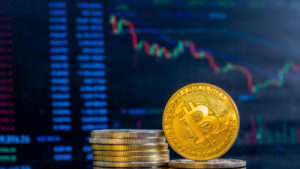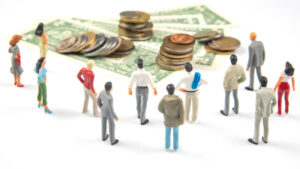A time capturing the essence of money movement like checks, paper forms and queuing at bank stated Bahaa Abdul Hussein. Today, just a few touches on the phone screen means in seconds money can be sent worldwide! And illuminating this shift has been service lights provided by digital wallets all over; it is not just about how fast we get our money now but will also make transactions more transparent.
From buying a cup of coffee with your smartphone to sending money across borders, digital wallets are fast becoming the norm for modern money movement. They are not just handy–they are changing the rules of global finance.
The Rise of Wallets Over Wallets
Physical wallets are being replaced by their digital counterparts—apps like Apple Pay, Google Wallet, Paytm, and Venmo. These wallets aren’t just for storing cards. They hold identity credentials, loyalty points, transit passes, and even cryptocurrency.
They offer a unified interface where people can:
- Make contactless payments at stores
- Pay utility bills directly from their phones
- Store digital versions of boarding passes or ID cards
- Access buy-now-pay-later services
Digital wallets go beyond just payments—they’re becoming command centers for personal finance.
The Need for Speed: Instant Transfers
Gone are the days of “3-5 business days.” In a digital-first world, speed is everything. Instant transfers allow funds to move between accounts, countries, or currencies in real time—or close to it.
This has transformed:
- Peer-to-peer payments: Apps like Zelle or UPI allow friends to split bills instantly.
- Gig economy: Platforms pay workers the moment tasks are completed.
- Emergency funds: People can access money when they need it most—without delay.
It’s a shift that empowers users and puts pressure on banks and traditional systems to catch up.
Security in a Tap-and-Go World
With this ease of access comes a key question: Is it safe?
Yes—if done right. Digital wallets are designed with high-security measures including:
- Biometric authentication (like fingerprint or face scan)
- Tokenization, which replaces card numbers with encrypted codes
- Two-factor verification and fraud monitoring systems
In many ways, digital wallets are more secure than physical cards or cash. They leave digital trails, support real-time tracking, and reduce exposure to physical theft or loss.
Where Is Money Movement Going?
As we look ahead, money won’t just move faster—it’ll move smarter. Expect wallets that manage subscriptions, recommend savings strategies, or even auto-invest spare change. Money movement will blend into messaging apps, social platforms, and wearables.
Cross-border payments will become seamless as financial systems grow more interoperable, reducing the need for intermediaries. Crypto-based transfers may gain traction as regulation evolves. And AI will likely personalize money movement, learning user habits and optimizing how and when funds flow.
Conclusion
With digital wallets and instant transfers, money flows as if it were a message: fast, reliable and always on. At every turn, we are not just rethinking how to spend but also how we make a living. The way we earn and save is changing, too. In the future, money will not only go anyplace. It will be with us on every step. Thank you for your interest in Bahaa Abdul Hussein blogs. For more information, please visit www.bahaaabdulhussein.com.





